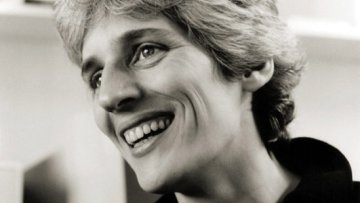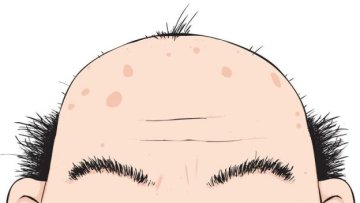Oxford Mathematician Ulrike Tillmann FRS has been elected a member of the Council of the Royal Society. The Council consists of between 20 and 24 Fellows and is chaired by the President.
How does the skin develop follicles and eventually sprout hair? Research from a team including Oxford Mathematicians Ruth Baker and Linus Schumacher addresses this question using insights gleaned from organoids, 3D assemblies of cells possessing rudimentary skin structure and function, including the ability to grow hair.
Constructions of cohomogeneity one Ricci solitons
Abstract
In this talk two different methods for constructing complete steady and expanding Ricci solitons of cohomogeneity one will be discussed. The first is based on an estimate on the growth of the soliton potential and holds for large classes of cohomogeneity one manifolds. The second approach is specific to the two summands case and uses a Lyapunov function. This method also carries over to the Einstein case and as an application, a simplified construction of B\"ohm's Einstein metrics of positive scalar curvature on spheres will be explained.
14:00
Truncated SVD Approximation via Kronecker Summations
Abstract
In this talk we describe an approach to approximate the truncated singular value decomposition of a large matrix by first decomposing the matrix into a sum of Kronecker products. Our approach can be used to more efficiently approximate a large number of singular values and vectors than other well known schemes, such as iterative algorithms based on the Golub-Kahan bidiagonalization or randomized matrix algorithms. We provide theoretical results and numerical experiments to demonstrate accuracy of our approximation, and show how the approximation can be used to solve large scale ill-posed inverse problems, either as an approximate filtering method, or as a preconditioner to accelerate iterative algorithms.
On traffic modeling and the Braess paradox
Abstract
We will discuss models for vehicular traffic flow on networks. The models include both the Lighthill-Whitham-Richards (LWR) model and Follow-the-Leader (FtL) models.
The emphasis will be on the Braess paradox in which adding a road to a traffic network can make travel times worse for all drivers.
In addition we will present a novel proof how FtL models approximate the LWR model in case of heavy traffic.
Reducing tissue hypoxia for cancer therapy
Abstract
Hypoxia, i.e. a reduction in dissolved oxygen concentration below physiologically normal levels, has been identified as playing a critical role
in the progression of many types of disease and as a key determinant of the success of cancer treatment. It poses a particular challenge for treatments
such as radiotherapy, photodynamic and sonodynamic therapy which rely on the production of reactive oxygen species. Strategies for treating hypoxia have
included the development of hypoxia-selective drugs as well as methods for directly increasing blood oxygenation, e.g. hyperbaric oxygen therapy, pure
oxygen or carbogen breathing, ozone therapy, hydrogen peroxide injections and administration of suspensions of oxygen carrier liquids. To date, however,
these approaches have delivered limited success either due to lack of proven efficacy and/or unwanted side effects. Gas microbubbles, stabilised by a
biocompatible shell have been used as ultrasound contrast agents for several decades and have also been widely investigated as a means of promoting drug
delivery. This talk will present our recent research on the use of micro and nanobubbles to deliver both drug molecules and oxygen simultaneously to a
tumour to facilitate treatment.



